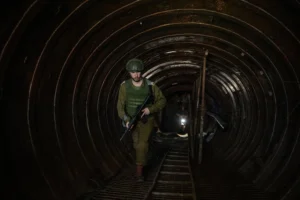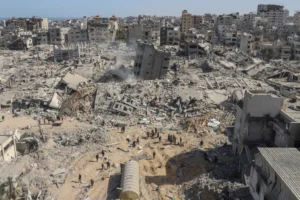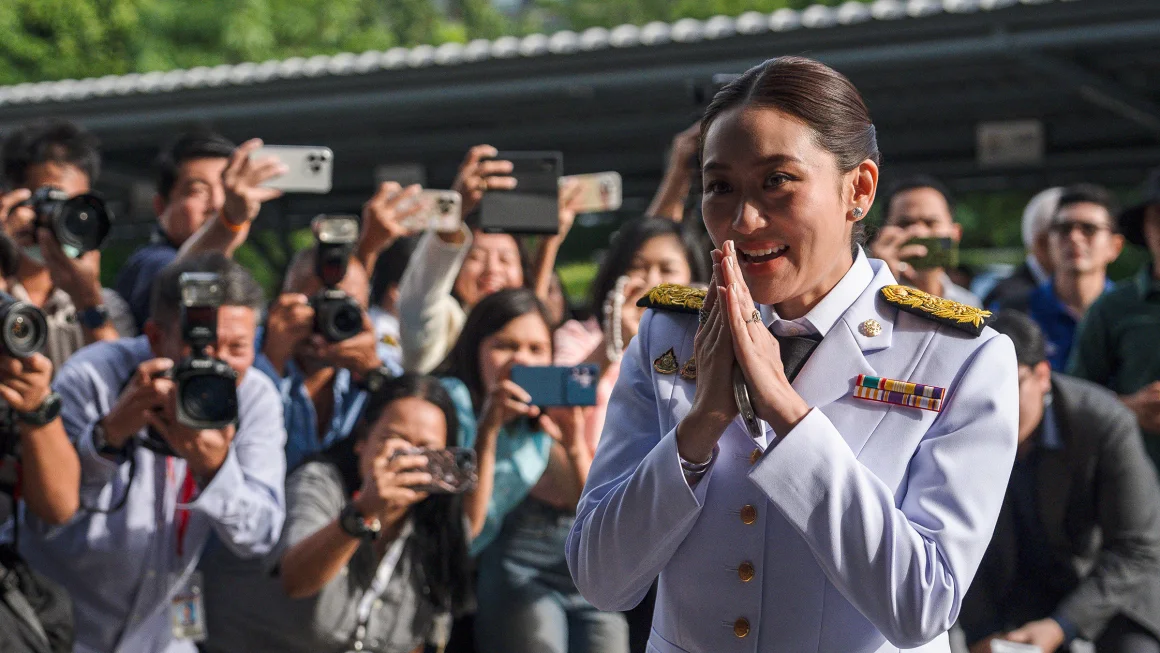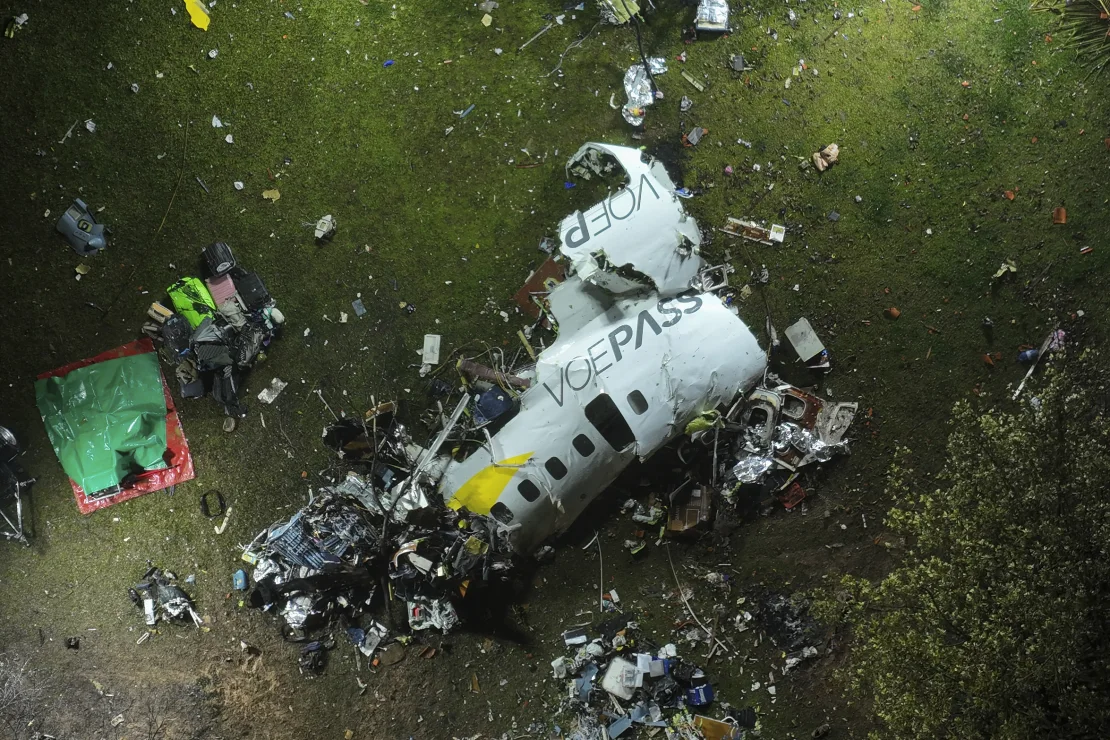A Fusion of Intelligence and Tactics
As the world watches the dramatic airstrikes and ground invasions in Gaza, a less visible but equally intense battle is being waged to rescue hostages held by Hamas. This conflict, rooted in intelligence and clandestine operations, involves American and Israeli forces working tirelessly to locate and free the captives. The rescue of four hostages over the weekend offers a rare glimpse into this intricate and perilous mission.
The Initial Attack: Hostages Taken
A Sudden, Deadly Raid
On October 7, Hamas launched a surprise attack on Israel, resulting in the capture of numerous hostages. This raid not only devastated the affected families but also marked the beginning of a complex operation to rescue those taken. The attackers swiftly moved hostages into Gaza, scattering them across various locations to evade detection. This section explores the immediate aftermath of the attack and the initial challenges faced by Israeli forces in tracking the captives.
The Human Cost
The emotional toll on the families of the hostages cannot be overstated. Each day that passes without their loved ones is a day filled with anxiety and despair. The uncertainty of the hostages’ conditions and locations compounds this suffering. This chapter delves into the personal stories of some of the families, highlighting the human side of this conflict and the desperate hope that drives the rescue efforts.

The Fusion Cell: Intelligence Collaboration
A Unique Alliance
In response to the hostage crisis, a “fusion cell” was established, combining the resources and expertise of American and Israeli intelligence. This unit, formed in secrecy, utilizes advanced technologies such as drones, satellites, and communication intercepts to gather vital information. This chapter explains the formation of this alliance, the technologies employed, and the daily operations within the fusion cell.
Tracking the Hostages
The fusion cell’s primary mission is to locate and monitor the hostages. This task involves analyzing patterns, intercepting communications, and piecing together fragmented information. Despite the technological advantages, the process is fraught with difficulties. This section details the intricate methods used to track the hostages and the constant adaptations required to stay ahead of Hamas’ evasive tactics. www.newsreporto.com
The Challenges of Rescue Missions
The Perils of Extraction
Rescuing hostages from hostile territory is inherently dangerous. The successful extraction of four hostages underscored the immense risks involved, including the loss of life among rescuers and civilians. This chapter examines the tactical challenges faced during rescue missions, the strategies employed, and the sacrifices made by those involved.
Shifting Tactics
As the conflict progresses, Hamas has adapted its methods, increasingly moving hostages into underground tunnels to evade detection and complicate rescue efforts. This section explores how these shifting tactics impact the feasibility of rescue operations and the ongoing adjustments made by Israeli forces to counter these changes.

The Role of Diplomacy
Beyond Military Force
While military force is a primary tool for Israel in attempting to rescue hostages, diplomacy plays a crucial role in securing their release. Historical precedents show that negotiations and prisoner exchanges have been effective in the past. This chapter explores the diplomatic efforts underway, the challenges of negotiating with Hamas, and the potential pathways to securing the hostages’ freedom.
International Pressure
The involvement of international actors, including the United States, Britain, and other allies, adds another layer to the diplomatic efforts. This section highlights the global dimension of the hostage crisis, the pressures exerted by foreign governments, and the potential impact of international diplomacy on the situation.
Intelligence and Technology: The Key to Success
Advanced Surveillance
The role of advanced surveillance technologies, such as drones and ground-based sensors, is pivotal in the ongoing efforts to locate and rescue hostages. This chapter delves into the specific technologies used, their capabilities, and the limitations faced by the intelligence teams. The coordination between American and Israeli forces in utilizing these technologies is also explored.
Analyzing Patterns
Understanding the movements and behavior of Hamas operatives is critical in predicting where hostages might be held. This section discusses the analytical techniques employed to discern patterns in hostage movements and the insights gained from captured documents and interrogations of Hamas fighters.

The Future of Hostage Rescue Efforts
Adapting to New Challenges
As the situation in Gaza evolves, so too must the strategies for rescuing hostages. This chapter looks at the potential future developments in the rescue operations, the continuous evolution of tactics, and the lessons learned from past missions. It also considers the broader implications for counter-terrorism efforts and hostage rescue operations globally.
Hope Amidst Uncertainty
Despite the numerous challenges, the determination to rescue the hostages remains unwavering. This section reflects on the resilience and hope that drive the rescue teams and the families of the hostages. It also highlights the importance of international support and solidarity in these efforts.
The Unseen Battle Continues
While the visible conflict in Gaza draws much of the world’s attention, the unseen battle to rescue hostages is a critical and ongoing struggle. The efforts of the fusion cell, the brave actions of rescuers, and the relentless pursuit of intelligence all contribute to this complex and high-stakes mission. The future remains uncertain, but the commitment to bringing the hostages home is a powerful testament to the enduring spirit of those involved.











